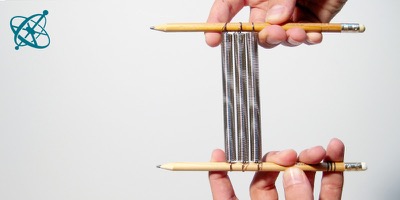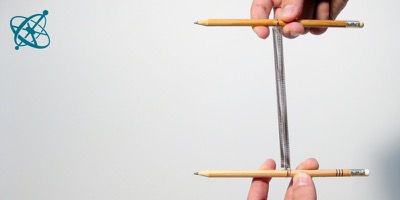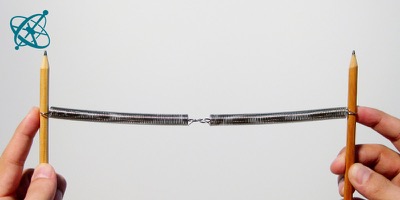 www.sciensation.org | Ciênsação hands-on experiments are published as Open Educational resources under a Creative Commons Attribution-ShareAlike 4.0 International License.
www.sciensation.org | Ciênsação hands-on experiments are published as Open Educational resources under a Creative Commons Attribution-ShareAlike 4.0 International License.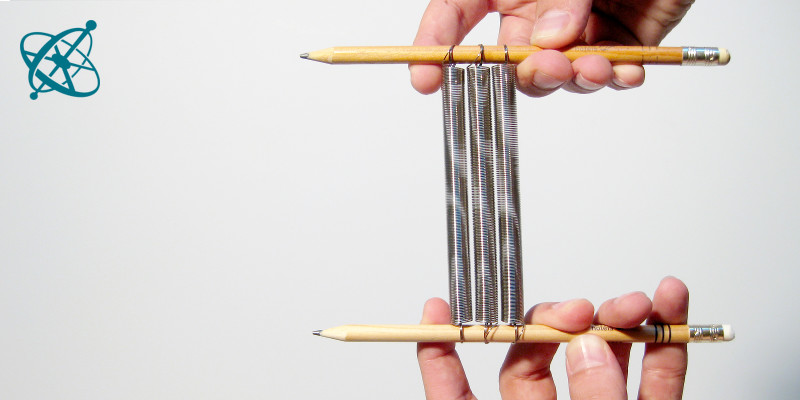
Feel the force…
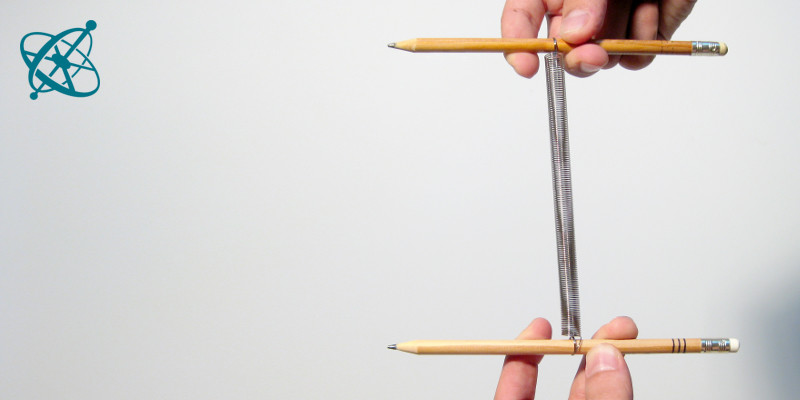
…and compare it across…
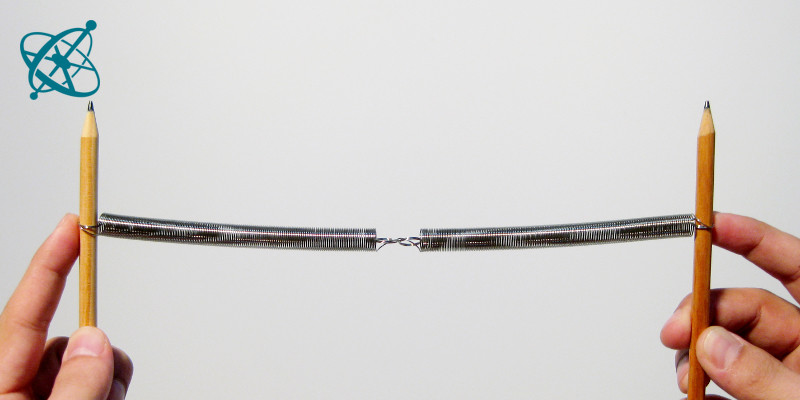
…different spring systems.
Getting a feeling for spring systems
Springs are often used in physics and engineering as simple model systems for complex phenomena. It therefore really helps to have developed 'a feeling' for these basic systems – ideally first hand.
Experience and compare the spring rate of parallel and serial spring systems.
The net spring rate of two springs in series is smaller than the spring rate of each spring individually.
The net spring rate of two springs in parallel is larger than the spring rate of each spring individually.
Span a spring between two pencils end extend it by 5 cm. Then repeat this with two or more springs both in parallel and in series.
1. Observe the force it takes to extend these different spring systems. How does it compare in the different cases?
2. Order these systems according to their spring rate.
The more springs in parallel a system contains, the more force is required to extend it by the same length. The opposite is true for springs in series: The more springs in series a system contains, the less force is required to extend it by the same length. Compared to a single spring, parallel springs have therefore a higher spring rate while springs in series act like a single long spring with lower spring rate.
